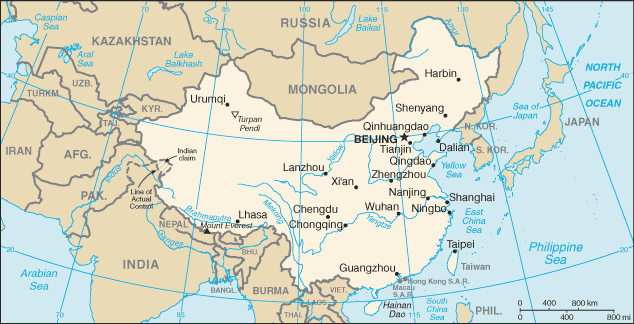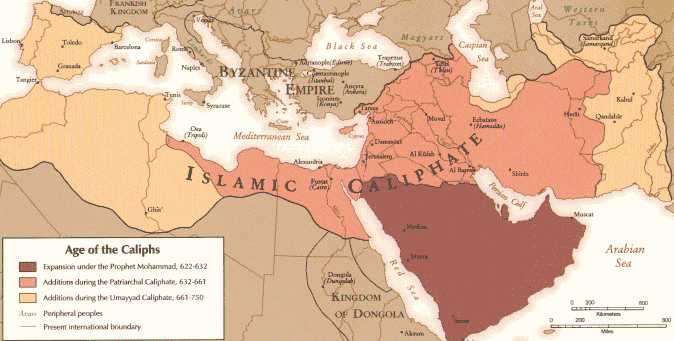This topic occurred to me after reading Larry Kramer’s long rant in the Huffington Post claiming that because men outnumbered women 6 to 1 in the original Jamestown colony in 17th century America, that lots of gay sex had to be going on, and that historians are erasing gays from history out of homophobic bigotry. I don’t dismiss the issue of whitewashing history; that IS a real problem. But I think Kramer is angry, verging on hysteria at times, more activist than historian, and he is often reaching–asserting conclusions without enough evidence to back it up. And is his crass language really necessary?
My history professor friend Bridgett and I discussed this on her blog post about Kramer, “Same-sex sexuality in 17th century British North America,” and she explains that real historians can’t “out” people from the past as gay without definitive, absolute proof, or they’ll be filleted by critics, discredited and risk their careers. Not a problem for Kramer, as he has no historian cred to risk.
To me, his biggest fallacy is that simply because no wives were available for many Jamestown colonists, they would “turn to each other.” It’s not something you can CHOOSE like that, and he of all people should know that. I could no more choose attraction to males amid a girl-shortage than Kramer could choose attraction to women.
Does anyone really believe that whenever there’s a scarcity of women in a society, large amounts of men will “turn to each other?” This made me turn my thoughts to China.  Recently, a gay family member told me because of the lack of females in China and the fact that, mathematically, tens of millions of men will never be able to find women to marry (true) that millions will turn to gay sex. I don’t think that’s what will happen — it’s not A CHOICE!
Recently, a gay family member told me because of the lack of females in China and the fact that, mathematically, tens of millions of men will never be able to find women to marry (true) that millions will turn to gay sex. I don’t think that’s what will happen — it’s not A CHOICE!
Numerous articles about the gender imbalance in China (caused by abortions of potential girls and infanticide after birth) have been written. I recommend:
In this Washington Post op-ed, Valerie M. Hudson and Andrea M. Den Boer, the authors of “Bare Branches: The Security Implications of Asia’s Surplus Male Population,” wrote:
The old saying goes, “When you pick up one end of a stick, you also pick up the other.” When a society prefers sons to daughters to the extent found in parts of contemporary Asia, it not only will have fewer daughters, but it also will create a subclass of young men who are apt to have difficulty finding wives and beginning their own families. Because son preference has been a significant phenomenon in Asia for centuries, the Chinese actually have a term for such young men. They are called guang gun-er or “bare branches,” because they are branches of the family tree that will never bear fruit. The girls who should have grown up to be their wives were disposed of instead.
We have already seen in China the resurrection of evils such as the kidnapping and selling of women to provide brides for those who can pay the fee. Scarcity of women leads to a situation in which men with advantages — money, skills, education — will marry, but men without such advantages — poor, unskilled, illiterate — will not. A permanent subclass of bare branches from the lowest socioeconomic classes is created. In China and India, for example, by the year 2020 bare branches will make up 12 to 15 percent of the young adult male population.
Should the leaders of these nations be worried? The answer is yes. Throughout history, bare branches in East and South Asia have played a role in aggravating societal instability, violent crime and gang formation.
Though the existence of sizable numbers of bare branches is not a necessary condition for instability — the sex ratios of Rwanda in 1994 were normal, for example — it plays a significant role in the amplification of levels of instability and threat.
Consider the fact that in the mid-1800s, a predominantly bare-branch rebel group in the north of China called the Nien, in combination with rebel groups farther south, openly attacked imperial troops and forts, taking control of territory inhabited by 6 million Chinese citizens before it was quashed by the government years later.
More recently, Indian scholars have noted a very strong relationship between sex ratios and violent crime rates in Indian states, which persists even after controlling for a variety of other possible variables. And worldwide, more violent crime is committed by unmarried young adult men than by married young adult men.
According to sociologists, young adult men with no stake in society — of the lowest socioeconomic classes and with little chance of forming families of their own — are much more prone to attempt to improve their situation through violent and criminal behavior in a strategy of coalitional aggression with other bare branches.
Historically, governments facing a growing population of bare branches find themselves caught in a dilemma. They must decrease the threat to society posed by these young men but at the same time may find the cost of doing so is heavy. Increased authoritarianism in an effort to crack down on crime, gangs, smuggling and so forth can be one result.
At some point, governments consider how they can export their problem, either by encouraging emigration of young adult men or harnessing their energies in martial adventures abroad. There are very few good options for governments that find that their greatest threat emanates not from an external source but from an internal one.
Years ago I saw Hudson and Den Boer’s book discussed on CNN, and in that segment, they argued that the explosive growth of Islamic conquests…

…in the 7th and 8th centuries wasn’t just “to spread the faith by the sword,” but, because the prevalence of polygamy on the Arabian Peninsula made it impossible for large numbers of angry young fundamentalist males with swords to ever find wives. Large groups of them invaded Egypt, Persia, etc., where the population of widowed women had just grown considerably from the war. Hudson and Den Boer suggested a similar phenomenon may happen in China.
We are already seeing the consequences of gender imbalance in China that Hudson and Den Boer’s research predicts: increased sex trafficking, prostitution becoming more widespread and more lucrative. Will we see China invading neighboring countries as well?
What do you think? Please comment below.
Nick
